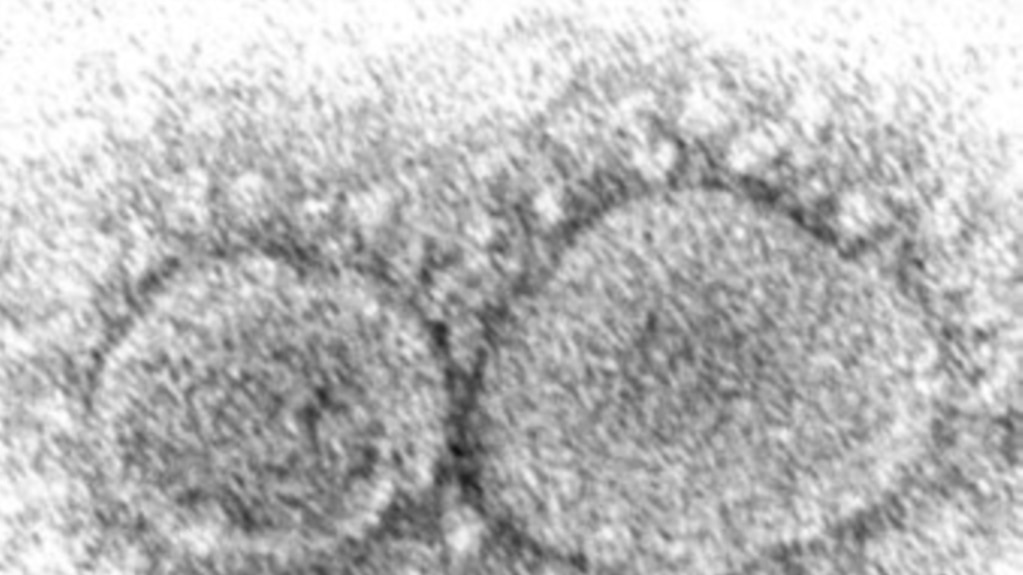Governments and health agencies around the world have not yet been able to answer an important question: Where did the virus that causes COVID-19 come from?
DOE report and Wray’s comments
This week, two events have drawn attention to the question of COVID-19's beginnings.
The first was a new U.S. Department of Energy (DOE) report, which has not been made public. It suggested with “low confidence” that the virus began with a laboratory leak. That information comes from a person with knowledge of the report but does not have official permission to discuss it.
The DOE’s finding was first reported over the weekend in the Wall Street Journal newspaper. The story said the classified, or secret, report was based on new intelligence.
The second event was a discussion with Federal Bureau of Investigation (FBI) Director Christopher Wray on Fox News. Wray said, “The FBI has for quite some time now assessed that the origins of the pandemic are most likely a potential lab incident in (central China’s) Wuhan.”
China has called the suggestion that COVID-19 came from a Chinese laboratory “baseless.”
Responding to comments by Wray, Foreign Ministry spokeswoman Mao Ning said the involvement of the U.S. intelligence community was evidence enough of the “politicization of origin tracing.”
No consensus
But others in the U.S. intelligence community suggest that COVID-19's beginnings remain unclear.
John Kirby, the spokesman for the National Security Council, used the term consensus, meaning complete agreement, to describe the beginning of COVID. He said, “There is not a consensus right now in the U.S. government about exactly how COVID started.”
In 2021, officials released a shortened version of an intelligence report. It said that four members of the U.S. intelligence community believed with low confidence that the virus first passed from an animal to a human. A fifth member believed with moderate confidence that the first human infection was linked to a laboratory, or lab.
Some scientists are open to the lab-leak theory. Yet others continue to believe the virus came from animals, mutated, and jumped into people. Experts say the true beginning of the pandemic may not be known for many years — if ever.
More investigation
Alina Chan is a molecular biologist at the Broad Institute of Massachusetts Institute of Technology and Harvard. Chan said she is not sure what new intelligence the agencies had. But she suggested it was reasonable to think the intelligence is connected to activities at the Wuhan Institute of Virology in China.
She said a 2018 research proposal co-written by scientists there and their U.S. collaborators “essentially described a blueprint for COVID-like viruses.”
Chan added, “Less than two years later, such a virus was causing an outbreak in the city."
The Wuhan institute had been studying coronaviruses for years. That is because similar viruses like SARS have caused widespread concerns. SARS was a coronavirus that caused a major outbreak starting in 2003. Many experts thought that coronaviruses could be the cause of the next pandemic.
No intelligence agency has said they believe the coronavirus that caused COVID-19 was released on purpose. The unclassified 2021 summary was clear on this point, saying: “We judge the virus was not developed as a biological weapon.”
Chan, who co-wrote a book about the search for COVID-19 beginnings, said that lab accidents happen surprisingly often.
She added, “A lot of people don’t really hear about lab accidents because they’re not talked about publicly.”
Chan suggested that such accidents show there is “a need to make work with highly dangerous pathogens more transparent and more accountable.”
Last year, the World Health Organization recommended a deeper investigation into a possible lab accident. Chan said she hopes the latest report leads to more investigation in the United States.
I’m John Russell.

